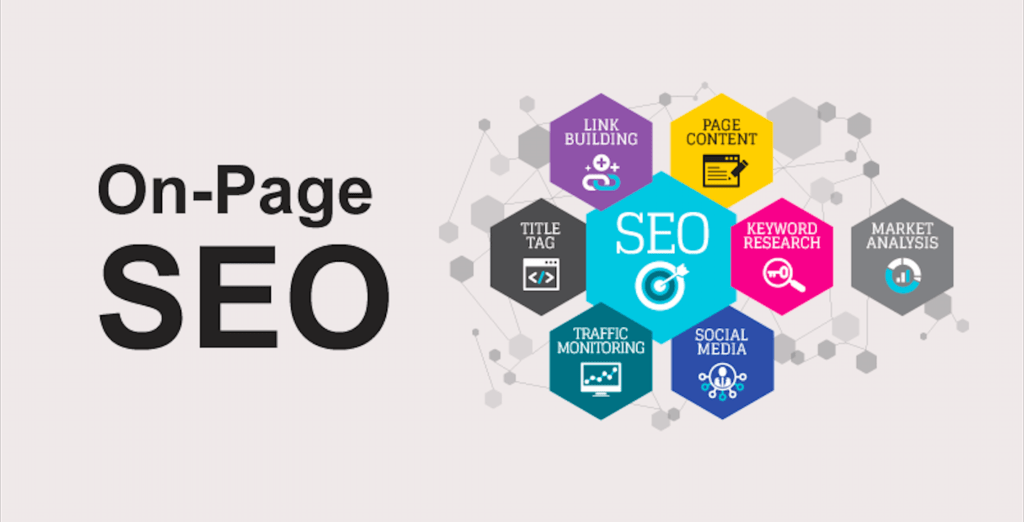In the ever-evolving world of digital marketing, search engine optimization (SEO) remains a critical aspect of improving a website’s visibility and ranking on search engine results pages (SERPs). While off-page SEO strategies such as link building are essential, on-page SEO techniques play a fundamental role in optimizing your website for search engines. In this comprehensive guide, we will delve into the world of on-page SEO techniques, exploring what they are, why they matter, and how to implement them effectively.
Understanding On-Page SEO:
On-page SEO, also known as on-site SEO, refers to the practice of optimizing individual web pages to enhance their visibility in search engine results. These optimizations are performed directly on the web page itself, involving elements such as content, HTML source code, and multimedia.
Why On-Page SEO Matters:
- Improved Ranking: Effective on-page SEO can help improve your website’s ranking on SERPs. When search engines understand the content and context of your pages, they can better match them with relevant user queries.
- Enhanced User Experience: On-page SEO is not just about search engines; it’s also about creating a better experience for your website visitors. A well-optimized page loads faster, is more user-friendly, and provides valuable content.
- Higher Click-Through Rates: When your pages appear in search results with enticing titles and meta descriptions, users are more likely to click through to your website. This can boost your click-through rates (CTR).

Key On-Page SEO Techniques:
- Keyword Optimization: Conduct thorough keyword research to identify relevant keywords for each page. Integrate these keywords strategically into your content, headings, and meta tags.
- High-Quality Content: Create valuable, informative, and engaging content that addresses the needs and interests of your target audience.
- Title Tags: Craft descriptive and compelling title tags that include the primary keyword for the page. Keep them concise, typically under 70 characters.
- Meta Descriptions: Write compelling meta descriptions that provide a concise summary of the page’s content. Aim for 150-160 characters.
- Header Tags: Use header tags (H1, H2, H3, etc.) to structure your content. Ensure they reflect the hierarchy of your content and include relevant keywords.
- Optimize Images: Compress and properly name your images, and use alt tags to describe them. This improves page load times and makes your content accessible.
- Internal Linking: Link to other relevant pages within your website. This not only improves navigation but also spreads link equity throughout your site.
- Mobile Optimization: Ensure that your pages are mobile-responsive and offer a great experience on all devices.
- Page Speed: Optimize your page’s loading speed, as slower pages can negatively impact user experience and SEO rankings.
- User-Friendly URLs: Create clear and concise URLs that reflect the page’s content. Avoid using complex parameters and codes.
- Schema Markup: Implement structured data using Schema.org markup to help search engines understand your content better and potentially display rich snippets in search results.
- User Engagement Signals: Encourage user engagement through comments, social sharing, and other interactive elements on your pages.
Monitoring and Updating:
On-page SEO is not a one-time task. Regularly monitor your website’s performance, track keyword rankings, and keep your content up-to-date. SEO is an ongoing process that requires adaptation to changing algorithms and user behavior.
In conclusion, on-page SEO techniques are a crucial component of a successful digital marketing strategy. By implementing these techniques effectively, you can improve your website’s visibility, enhance user experience, and ultimately achieve better search engine rankings. As the digital landscape continues to evolve, staying current with on-page SEO best practices is key to maintaining and growing your online presence.



